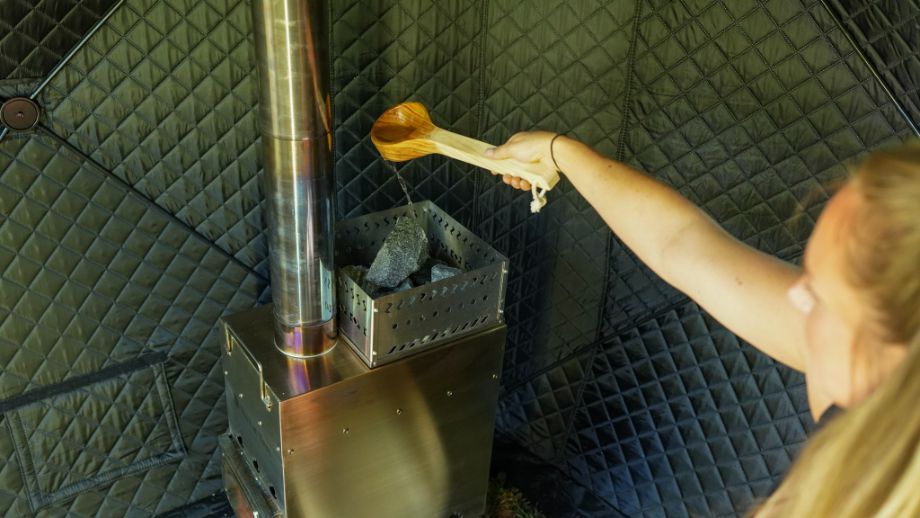We test and review fitness products based on an independent, multi-point methodology. If you use our links to purchase something, we may earn a commission. Read our disclosures.
Thermotherapy and cryotherapy techniques may seem like new-age ways to push the best biohacking products to consumers, but both methods have a storied history. They’ve been used for general wellness and social gatherings for centuries.
In this guide to the history of saunas, we’ll take a look at how sauna culture came to be and other bathhouse practices from around the world.
What Is a Sauna?
Traditional saunas are typically stand-alone wooden structures with either a wood-fired heat source or an electric sauna heater. The traditional stick-built design with two rows of bench seating—called a Finnish sauna—is still popular in Nordic cultures, Europe, and Russia.
In North America, saunas mostly exist at health clubs, commercial and college gyms, and public pools. However, the best home saunas on the market are gaining a lot of popularity among families who want to privately own wood-fired and electric saunas, either indoors or outdoors.
Origins of the Finnish Sauna
The evidence is not super clear, but it’s believed that saunas date back to 7,000 B.C. in Finland. Although sauna bathing exists outside of Europe, saunas are most tied to Finns and Nordic culture.
Saunas are an integral part of Finnish culture and daily life for Finns. The United Nations Educational, Scientific and Cultural Organization (aka UNESCO) reported there are 3 million private and public saunas in Finland compared to the country’s population of about 5 million people.
In Northern Europe, the first saunas started out as hand-dug holes in the ground covered with animal skins. In these hand-dug caves, people would burn fires under rocks for hours and bask in the warmth after the fire was out and the smoke had cleared.
RELATED: Sauna Etiquette
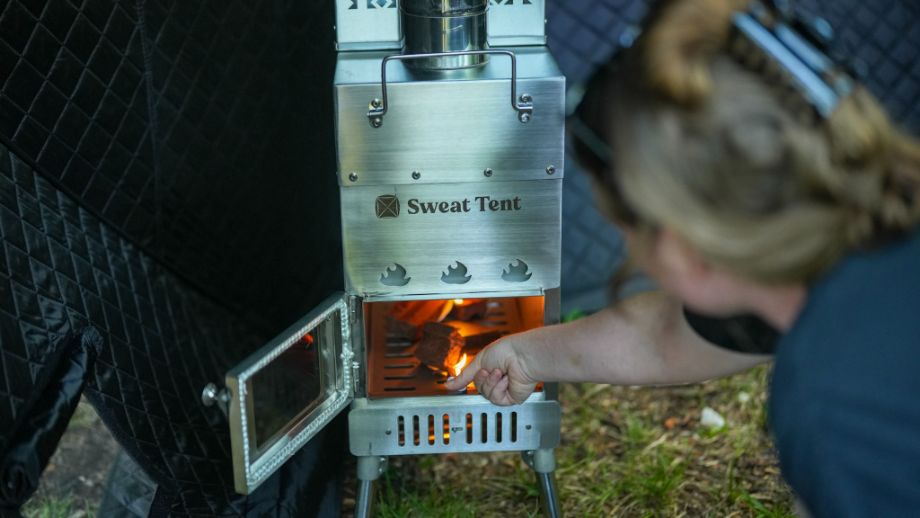
People doused water over the hot stones to create steam or “löyly,” a Finnish word that refers to both the steam and heat of a sauna. Because of the smoke, these sauna rooms were considered sanitary areas for bathing, preparing food, and treating the sick.
Eventually, these underground sauna rooms were upgraded to sauna huts with the same hours-long fire burning technique for sauna bathers to enjoy once the fire was out. This style is now considered a smoke sauna because this technique did not use a chimney.
In 2014, traditional smoke saunas were added to the UNESCO Representative List of the Intangible Cultural Heritage of Humanity in Estonia, an eastern European country south of Finland. Modern-day Estonians still enjoy a sauna experience similar to their ancestors.
Smoke saunas mostly phased out after the industrial revolution when chimneys were added to sauna stoves. This addition allowed people to enjoy a sauna session while a wood stove burned, without the need to wait for the fire to go out and the smoke to clear. In the 20th century, the popularity of sauna bathing expanded beyond Scandinavian countries after World War II and eventually migrated to North America.
RELATED: Sun Home Sauna Review
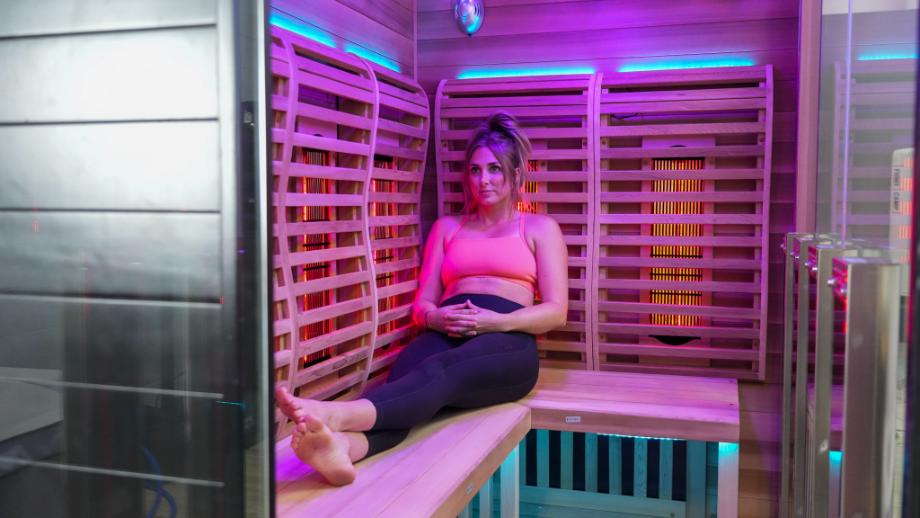
Modern Saunas
There are still wood-burning sauna options, like the one we tested for our SweatTent Outdoor Sauna review, but most modern saunas feature an electric sauna stove or infrared light bulbs.
Infrared saunas differ from traditional saunas because they don’t get as hot and are completely dry, without sauna stones to toss water on. For this reason, infrared saunas are popular for indoor use at home because they are easy to clean and maintain without excessive moisture.
Sauna blankets—like the HigherDOSE Infrared Sauna Blanket—offer a compact version of the infrared sauna with a sleeping bag-style blanket you can slide into and fully recline in during a solo sauna session.
RELATED: Infrared Sauna Benefits
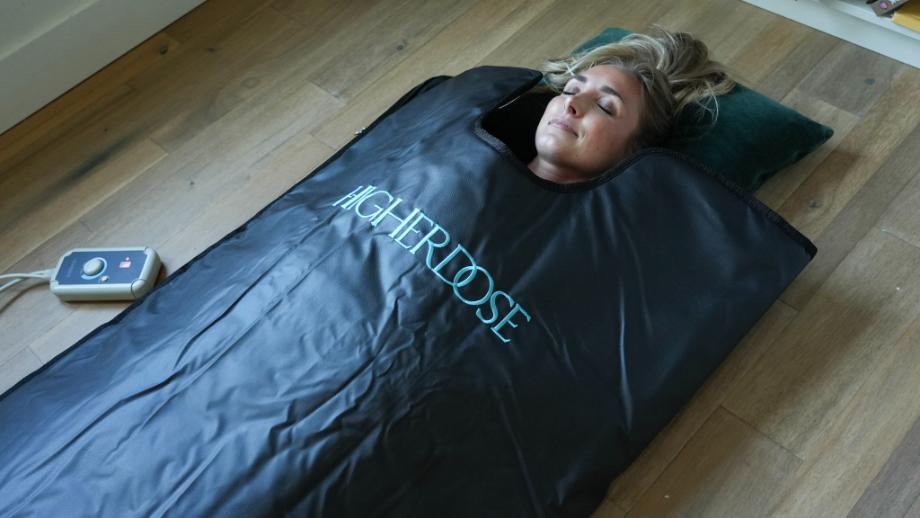
Heat Therapy Around the World
Saunas are mostly tied to Finnish culture, but according to the BBC, other types of saunas and heat therapy methods are practiced around the world:
- Japanese onsen are naturally occurring hot springs that have been used for soaking for thousands of years in Japan.
- In Russia, public bath houses are called banyas and remain popular in Russian cities and small towns.
- A hammam refers to either a Turkish or an Arab steam room with 100% humidity and is likely derived from bath houses from the Roman Empire.
- Native Americans used sweat lodges for sauna bathing in combination with spiritual ceremonies.
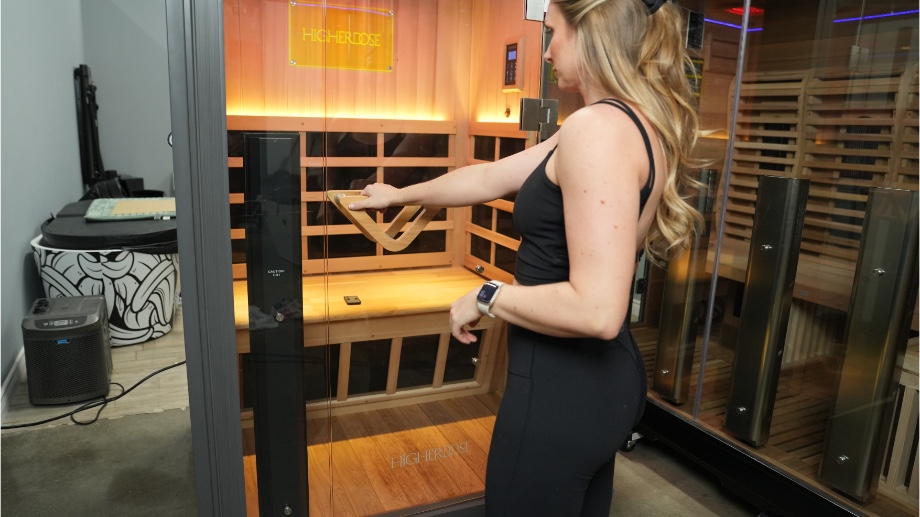
Health Benefits of Saunas
The health benefits of saunas mimic some of the same adaptations from regular physical exercise. A review published by Mayo Clinic Proceedings1 notes that sauna bathing may help improve cardiovascular health and reduce the risk of heart disease, high blood pressure, stroke, and neurocognitive diseases.
However, if you have some form of heart disease, it’s important to speak with a healthcare professional before using a sauna. It may put unnecessary strain on the cardiovascular system.
Saunas are also known for reducing muscle soreness post-exercise. Researchers found2 that sauna bathing can temporarily widen the blood vessels (aka vasodilation) and increase blood flow, which can lead to more oxygen and nutrients reaching sore muscles.
Additionally, a small study3 showed that runners who participated in regular sauna bathing acclimated to a heat tolerance test and had lower core body temperatures compared to runners who did not sauna bathe.
RELATED: Benefits of Sauna After Workout
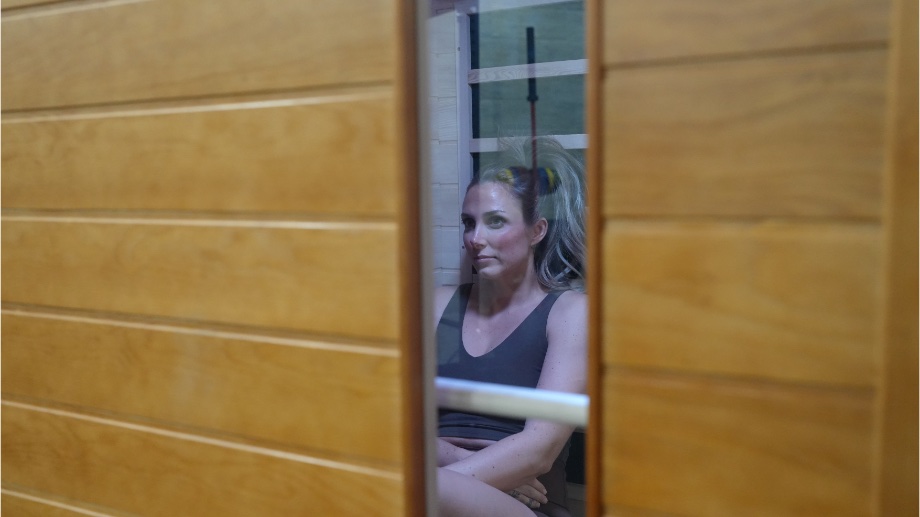
History of Saunas: Final Thoughts
The sauna experience is synonymous with Finnish culture and dates back thousands of years, but other heat therapies have been used around the world for centuries, including hot springs and public bath houses. It’s no wonder our modern society is rediscovering the benefits of hot tubs, steam rooms, sauna blankets, and traditional sauna sessions.
History of Saunas: FAQs
Who invented the sauna and why?
Traditional saunas have ancient roots in Finland and were first implemented as hand-dug caves, wood-burning fires, and smoke. These smoke saunas were considered sanitary areas for people to wash up, prepare food, treat sick people, and stay warm.
What was the purpose of a sauna?
In Nordic countries, saunas are not only a wellness practice, but also part of the social culture where people can gather and talk. However, saunas are also seen as a method of detoxification through perspiration.
How long should you sit in a sauna?
The North American Sauna Society suggests using saunas in intervals of 8 to 10 minutes at a time, leaving the sauna to allow your body to cool down and rest, and returning for another 8- to 10-minute span. If you’re a sauna beginner, check out our guide on how to use a sauna.
References
- Laukkanen JA, Laukkanen T, Kunutsor SK. Cardiovascular and Other Health Benefits of Sauna Bathing: A Review of the Evidence. Mayo Clin Proc. 2018;93(8):1111-1121. doi:10.1016/j.mayocp.2018.04.008
- Khamwong P, Paungmali A, Pirunsan U, Joseph L. Prophylactic Effects of Sauna on Delayed-Onset Muscle Soreness of the Wrist Extensors. Asian J Sports Med. 2015;6(2):e25549. doi:10.5812/asjsm.6(2)2015.25549
- Kirby NV, Lucas SJE, Armstrong OJ, Weaver SR, Lucas RAI. Intermittent post-exercise sauna bathing improves markers of exercise capacity in hot and temperate conditions in trained middle-distance runners. Eur J Appl Physiol. 2021;121(2):621-635. doi:10.1007/s00421-020-04541-z
Further reading

Meta Description: Is this expensive mass gainer worth the cost? Find out in our MuscleTech Mass Tech Extreme 2000 Review. Read more

Curious about what yoga can do for you? We asked an expert to explain the many benefits of yoga and show you how to unlock them for yourself. Read more

Thanks to our readers, we receive a lot of emails showcasing the gyms they've built based on our recommendations. Here are 10 absolutely ridiculous home gym setups that we're all envious of. Read more

Looking for Huge Supplements discount codes? For money off your regular supplement orders, read on. Read more

